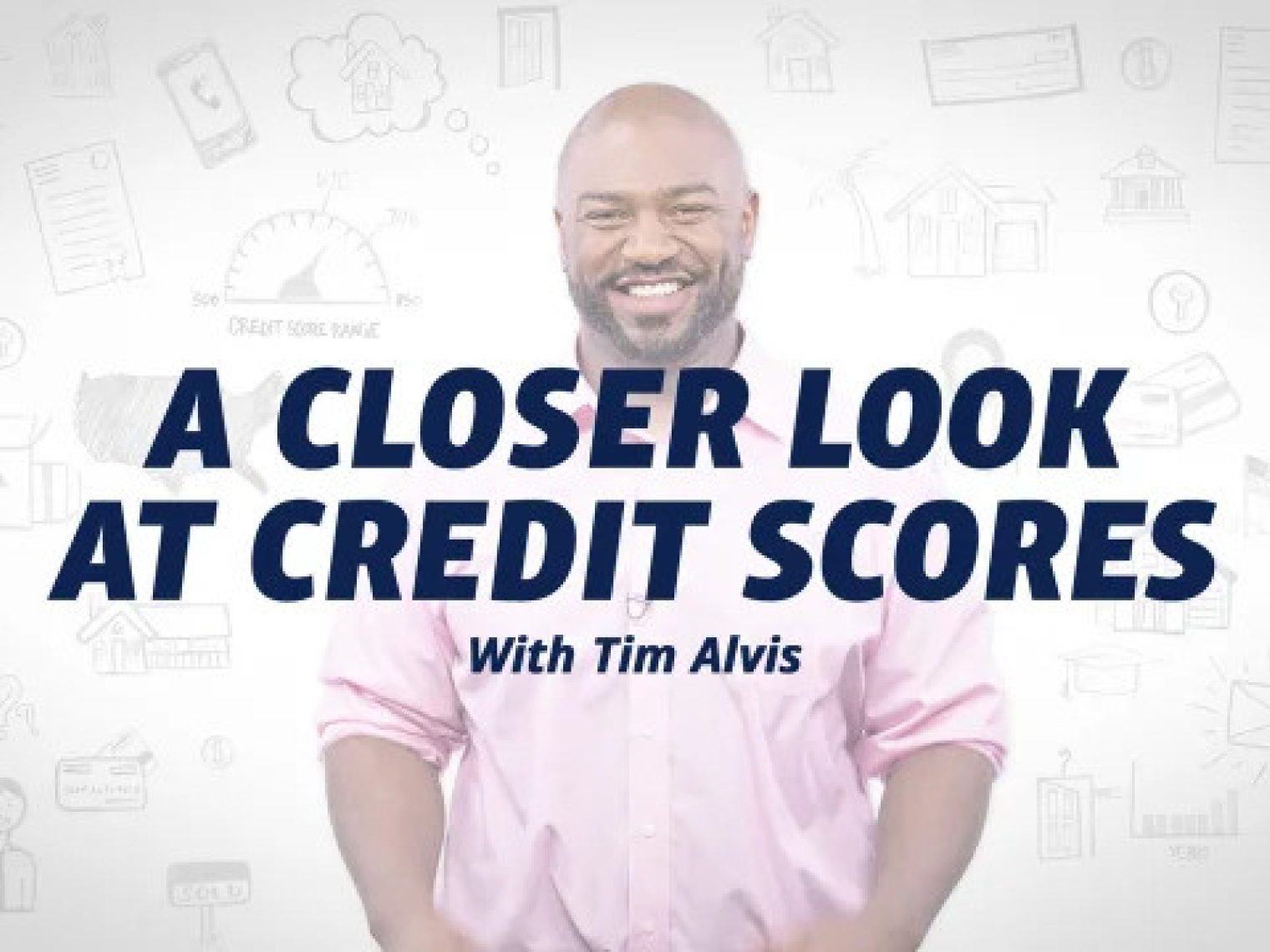Buying a home often comes with upfront costs, but how much cash you’ll need on hand can vary widely depending on the mortgage type, loan size and more. Some homebuyers will face higher upfront costs than others, so it’s important to be prepared and have enough funds saved when you find your dream home.
What are the upfront costs of a home?
Upfront costs are expenses the homebuyer pays out of pocket once the seller accepts a home offer. These costs vary with each home loan type but typically include the down payment, earnest money and home inspection fee.
VA Loan Upfront Costs
Here is a quick overview of upfront costs for the VA loan program:
- Down payment if buyer chooses
- Earnest money deposit
- The VA funding fee
- VA appraisal fee
- Home inspection fee
- Closing costs
While you may not need a down payment, there are still some upfront costs with a VA loan. These costs can sometimes be rolled into the loan amount or paid by the seller, depending on how the purchase agreement is structured.
Upfront Costs of Buying a Home
Let’s take a closer look at five major expenses you may encounter when purchasing a home:
Down Payment
A down payment is one of the most common upfront costs when buying a home. Typically, this amount ranges anywhere from 3% to 20% of the loan amount, depending on mortgage type and other factors.
USDA and VA loans don’t require a down payment, which is a tremendous benefit and can help homebuyers save thousands of dollars on upfront costs.
Conventional loans typically require a down payment of at least 5 percent, although some lenders may go as low as 3 percent. For FHA loans, the minimum down payment is 3.5 percent.
On a $200,000 mortgage, that’s $10,000 for the traditional conventional down payment and $7,000 for an FHA down payment. Needless to say, it can take prospective homebuyers years to save that kind of cash.
Buyers may be able to use gift funds or down payment assistance programs to help secure home financing, but policies vary depending on the loan type, the lender and more.
Earnest Money
Borrowers will often need to include a “good faith” deposit when they make a purchase offer on a home. This deposit, known as earnest money, signifies you’re a serious buyer. There’s no hard-and-fast rule for how much you need, but a general rule of thumb is 1% to 2% of the purchase price.
Buyers can typically get this money back if the deal falls through, or it’s often applied to a down payment or closing costs. VA buyers often put this money toward closing costs – or get it back in full – due to the program’s $0 down benefit.
Appraisal and Home Inspections
Appraisals and home inspections are two different things and do not compensate for each other. Appraisals are a key part of the homebuying journey and are required in some fashion for conventional, FHA, VA and USDA loans.
While appraisal requirements vary between each loan type, its purpose is to ensure the home is worth the purchase price. The price of this heavily varies depending on the loan type, location and property size. For a VA appraisal, the price ranges anywhere from $500 to $1,500 in high-cost areas.
A home inspection can find defects that appraisals won’t uncover, and borrowers can use the findings of a home inspection to renegotiate or even walk away from a contract. Costs vary, but a good range is $300 to $500.
Funding Fees
Government-backed loan programs usually require an upfront fee to help fund and keep the program running. They also help mitigate the risk for lenders since these programs have no or low down payment requirements.
FHA loans have an upfront mortgage insurance premium of 1.75% of the total loan amount, while USDA loans have an upfront guarantee fee of 1%. For VA loans, the fee varies based on the down payment amount, the Veteran's service type, and prior VA loan use. The VA funding fee ranges from 0.5% to 3.3% of the loan.
All these fees can often be rolled into the total loan amount to ease the initial financial burden on the borrower.
Closing Costs
Costs and fees are associated with originating and closing on your home loan. Closing costs, or settlement fees, can vary widely depending on the type of loan, where in the country you’re purchasing and what you can negotiate with a seller. You’ll get an estimate of your closing costs fairly early in the home loan process.
From there, you’ll want to talk with your real estate agent about how to proceed. You can negotiate the payment of these costs with the home seller, or you may be able to roll your closing costs into your home loan. The VA allows sellers to pay for the buyer’s mortgage-related closing costs and up to 4% in concessions, which can cover prepaid taxes and insurance and even pay off a buyer’s collections or judgments at closing.
Comparing Upfront Costs
Let’s look at how upfront costs compare between loan types. For the table below, the numbers are calculated based on a $250,000 mortgage for a first-time homebuyer who has a 620 FICO credit score. Closing costs are estimated to be 3% to 5% of the loan amount for the example.
| Loan Type | Down Payment | Mortgage Insurance/Program Fees | Closing Costs | Total Upfront Costs |
|---|---|---|---|---|
| VA Loan | $0 | $5,375 (2.15% for first use VA funding fee) | $7,500 to $12,500 | $12,875 to $17,875 |
| FHA Loan | $8,750 (3.5% with 580+ credit score) | $4,375 (1.75% of loan amount for upfront MIP) | $7,500 to $12,500 | $20,625 to $25,625 |
| USDA Loan | $0 | $2,500 (1% of loan amount, for USDA guarantee fee) | $7,500 to $12,500 | $10,000 to $15,000 |
| Conventional Loan | $7,500 to $50,000 (3-20%) | PMI varies (if down payment is <20%) | $7,500 to $12,500 | $15,000 to $62,500 (not including PMI) |
Government-backed loans tend to have lower upfront costs when compared to conventional loans. Furthermore, USDA and VA loans have a significant advantage of no down payment requirement, saving thousands of dollars upfront.
However, every borrower’s situation is different and upfront costs can vary depending on your specific scenario. It’s important to work with a trusted lender to find the approach that best fits your financial situation.
Answer a few questions below to speak with a specialist about what your military service has earned you.
How We Maintain Content Accuracy
Our mortgage experts continuously track industry trends, regulatory changes, and market conditions to keep our information accurate and relevant. We update our articles whenever new insights or updates become available to help you make informed homebuying and selling decisions.
Current Version
Jan 7, 2025
Reviewed ByTara Dometrorch
Content fact checked and reviewed by team lead underwriter Tara Dometrorch.
Related Posts
-
 What is Credit and Why It’s ImportantDiscover why credit matters when buying a house. Learn how a strong score unlocks lower rates, better loans, and more financial freedom.
What is Credit and Why It’s ImportantDiscover why credit matters when buying a house. Learn how a strong score unlocks lower rates, better loans, and more financial freedom. -
 Home Inspection for VA Loans: Guidelines and ChecklistLearn about the purpose of a home inspection, common issues and how a home inspection differs from the VA appraisal.
Home Inspection for VA Loans: Guidelines and ChecklistLearn about the purpose of a home inspection, common issues and how a home inspection differs from the VA appraisal.



